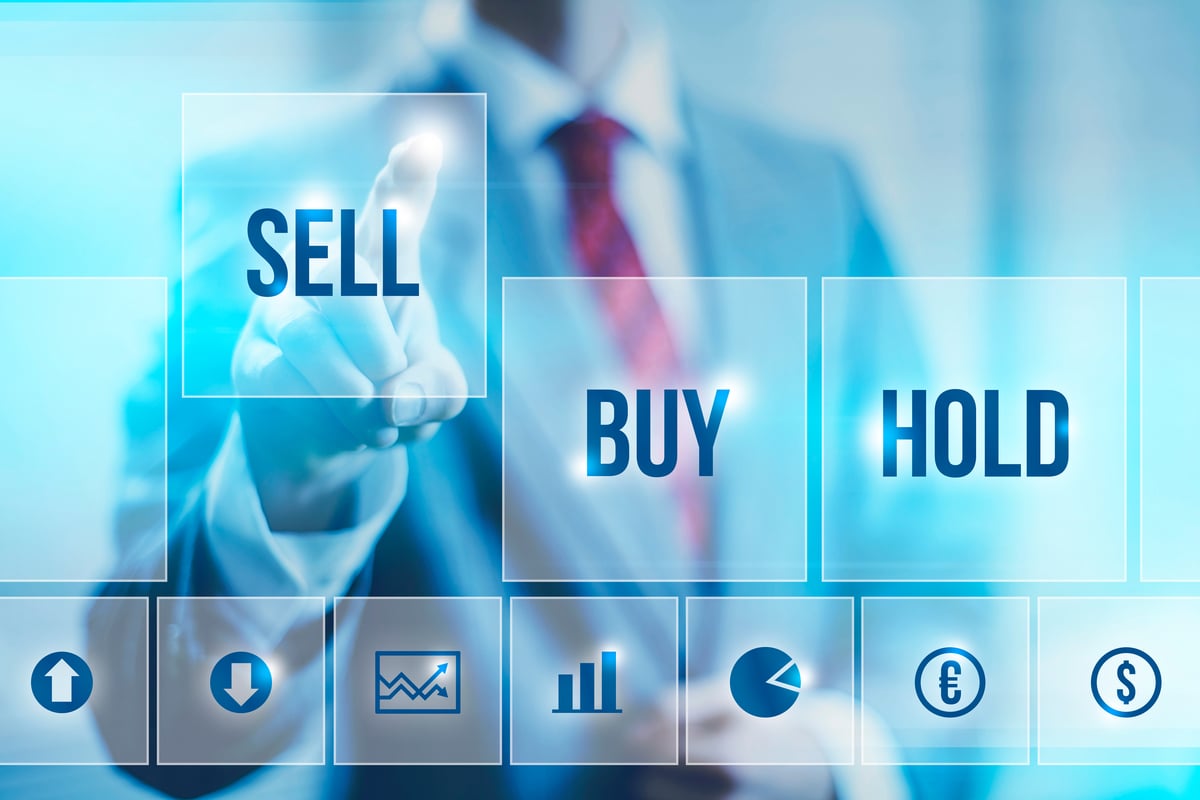A recently published report by global pharma researcher Decision Resources suggests that forward growth in key European markets for AbbVie's (ABBV +4.24%) flagship drug Humira, a treatment for autoimmune diseases like rheumatoid arthritis (RA) and psoriasis, could stall as biosimilars become more prevalent. To the contrary, AbbVie could combat this threat by expanding Humira's labeling, and remind physicians that these copycat compounds are without long-term safety data. Based on these factors, I believe that Humira could be set to continue posting healthy sales gains over the next few years.
Dependence on Humira
By far, Humira is the most important marketed product for AbbVie. In 2013, the company generated free cash flow of more than $5.8 billion , largely driven by the $10.7 billion in global sales contributed by Humira (56% of worldwide revenue of $18.8 billion).
International growth of 12% generated revenue of $5.5 billion, driven by continued uptake of new indications in EU countries, including the treatment of ulcerative colitis (UC), a chronic disease that is marked by inflammation and ulceration in the lining of the colon or large intestine and axial spondyloarthritis (RA affecting mainly the spine and pelvic joints) .
Here in the U.S., operational sales (which exclude exchange rate fluctuations) increased year-over-year 19.6% to $5.2 billion, reflecting gains in market-share, particularly among gastroenterologists. In September 2012, Humira gained FDA-approval for (UC), too.
Humira: positioned for continued strong growth
Chief executive Rick Gonzalez told analysts on the fourth-quarter earnings call that management expects global Humira sales this year will continue growing at a (low) double-digit pace, excluding the impact of foreign exchange. The pursuit of additional indications currently in late stage clinical trials, such as Uveitis (inflammation of the eye and the third leading-cause of blindness), is expected to augment growth too.
Humira – like Johnson & Johnson's Remicade – is a manufactured monoclonal antibody that treats autoimmune diseases by interfering with (blocking) tumor necrosis factor (TNF), an inflammatory protein over-expressed in a wide range of progressive inflammatory disorders that can result in permanent tissue and joint damage over time.
Could Humira lose share to biosimilars?
Although a critical composition-of-matter patent does not expire in the top five EU markets (UK, France, Germany, Italy and Spain) until April 2018 , the $5.4 billion in overseas revenue of Humira could still prove vulnerable: European rheumatologists surveyed by Decision Resources indicated that they were receptive to using Hospira's biosimilar infliximab, the Remicade copycat now being sold as Inflectra in the EU, or a biosimilar of Pfizer's Enbrel when one is launched after the drug loses market exclusivity next year in most EU countries.
Sandoz, the generic division of Novartis is one of several companies moving quickly on a biosimilar of Enbrel - although its copy is currently furthest along in late-stage development. One potential threat that investors have to take into account, therefore, is that Humira could face competition from TNF-blocker biosimilars when these start to reach the market.
Contrary to conjectures concluded by Decision Resources, however, it is unlikely that generic manufacturers will find similar success with biologics as they historically have had with small molecule generics, such as generics of cholesterol-fighter Lipitor or the antacid Protonix.
Potential roadblocks
Manufacturing obstacles could block competitive entry into this market. Replicating biological entities is more than simple duplication of straightforward chemical processes: adalimumab, the monoclonal antibody in Humira, is cloned from a unique parent cell (of living origin). As such, Humira can reasonably argue no biosimilar should be recognized as an interchangeable copy of the branded therapy.
The production of biologics and resultant pharmacological activity and measured efficacy is highly sensitive to even the slightest change in production inputs, including: culture conditions (e.g., temperature and nutrients), equipment, purification and processing, formulation, storage, or packaging – any deviation may result in subtle changes in biological characteristics, clinical activity, and toxicity profile.
In a February 25 report issued by Moody's, Michael Levesque did recognize this manufacturing hurdle, acknowledging the domestic "downside risk for biotech companies is long-term, rather than immediate." He cautioned, however, that AbbVie still remains one of the more vulnerable biotech's that will face sales declines.
Levesque also noted: "the erosion curve will be much less steep than it is for traditional pharmaceutical products." Since losing market exclusivity in July 2013, AbbVie's Trilipix has already lost 73% of annual sales (small-molecule drugs have traditionally lost up to 90% of within months of generic introduction).
The development of biosimilars at Sandoz echo Levesque's prudence: Launched as a biosimilar to Amgen's white blood cell booster Neupogen in Europe back in 2009, Zarzio did not overtake sales from Amgen's branded product until last year. In fact, EU sales of Amgen's branded Neupogen have only fallen from $445 million in 2008 (year before loss of market exclusivity to a still respectable $253 million in 2012. Similarly, Hospira launched a biosimilar filgrastim, called Nivestim, in Europe back in 2010. Sales in 2012 were still only a meager $15 million.
As witnessed by the slow uptake of pretenders to the Neupogen throne, regulators and prescribers alike have demonstrated a reluctance to fully embrace drugs with complicated manufacturing processes – even more so when considering a monoclonal antibody like Humira, which contains 1,330 amino acids.
Contrary to bearish arguments – and using Neupogen as a case study – it's unlikely that any biosimilar TNF-alpha inhibitors will prove to be disruptive threats to cash flow being generated by AbbVie's flagship drug. Or, at least until post-marketing surveillance on safety are completed and doctors feel more comfortable with the copycat versions (in my opinion, this won't happen until 2018, when Humira loses its U.S. patent).
Strong late‐stage pipeline
Meanwhile, the company has breathing room to expand beyond Humira in the autoimmune treatment space. Multiple mid- to late-stage assets in its pipeline include novel mediators that block inflammatory signaling pathways, such as Janus-associated kinase inhibitors – to compete with Pfizer's first-in-class oral Xeljanz – Interleukin-17 (IL-17) and combination anti-TNF/ IL-17 treatments.
Yes, there is an inherent risk in holding stock in a drug maker that recently lost patent protection on high-margin products (lipid-lowering drugs Trilipix and Niaspan) and derives more than 50% of its revenue from just one product (which will inevitably face a generic biosimilar threat by decade's end). However, AbbVie's strong balance sheet -- namely $10 billion in cash -- mitigates what could be a speculative investment.
With ten products in either late-stage development or being readied for regulatory submission, including a potential blockbuster all oral, interferon-free drug combination treatment for Hepatitis-C , the next few years could make for rewarding times for those investors willing to stomach some risk.






